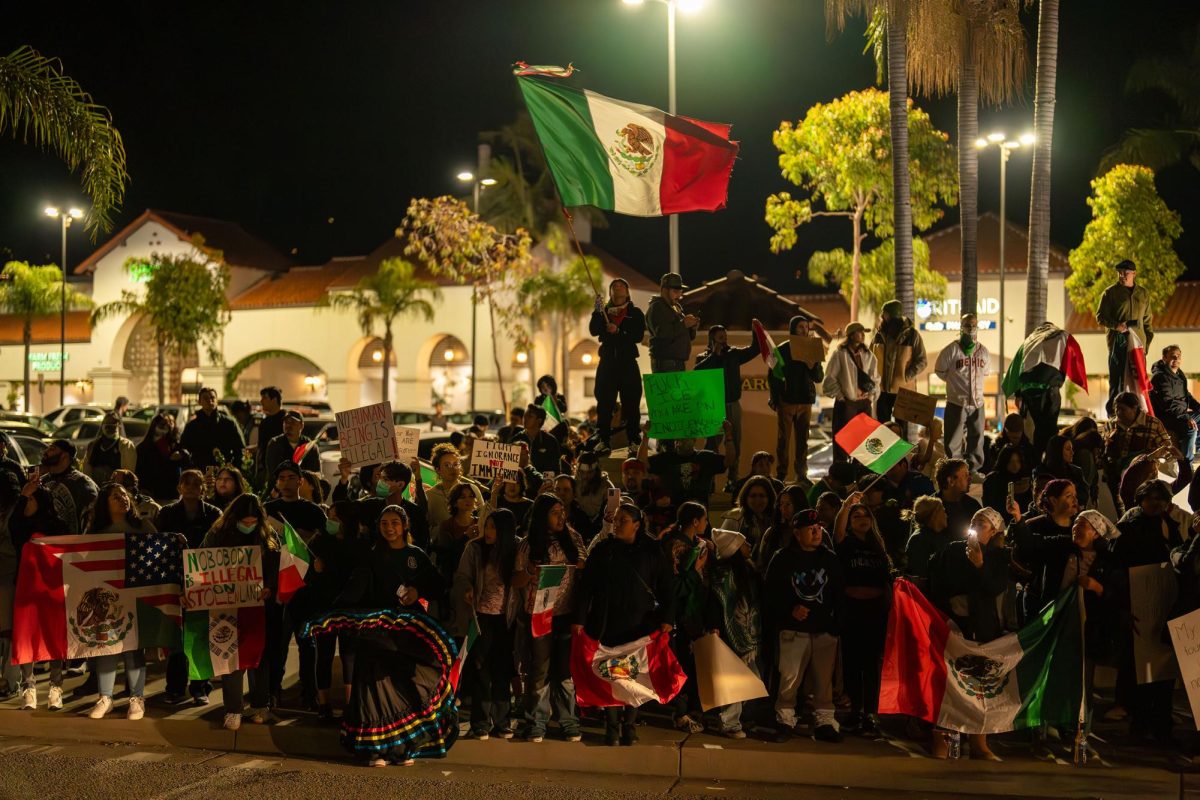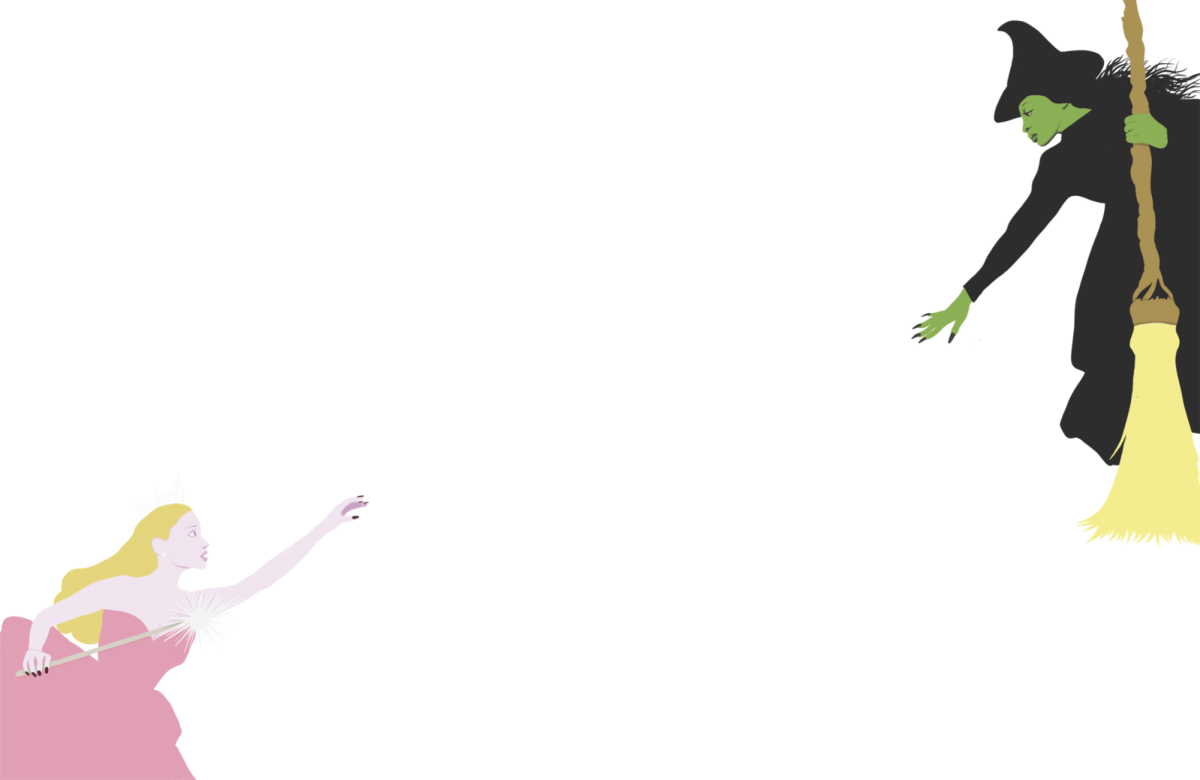When is a Nation Not a Nation?
February 4, 2022
Several hundred years ago, the Iroquois and Great Plains tribes invented the sport of lacrosse. Today, those same tribes are not allowed to compete in the world championships of that same sport. The Iroquois Nationals team was recently denied participation in the 2022 World Lacrosse Championship on the basis that the International Olympic Committee did not define the Haudenosaunee Confederacy as a sovereign nation. But what exactly is a nation, and how does it function in relation to the rest of the world?
It is helpful to understand the difference between a nation and a state. A nation is defined as a group of people united by common ethnicity, culture, history, or language. A state, on the other hand, is simply a governing body. Hence, a nation can exist without a state to represent it. An example of states not corresponding to nations is Africa, where many countries share no common descent, history, culture, or language.
This brings us to the fundamental problem with our idea of a nation – the nation-state is at its core a European concept. African and North American history has been dominated by tribal confederacies. Latin America and central Eurasia have been dominated by giant multi-ethnic empires. Most of today’s borders were defined by European powers, imposing the model of governance that worked for Europe on regions with completely different history and circumstances. Thus, the strict concept of the nation-state as we know it cannot accurately describe all or even most of the world’s nations.
Another possible way to try to understand the meaning of a nation is to examine situations where there are disputes about what is a nation and what is a state. There are numerous examples, but here are two notable instances: American tribes and Somaliland. Native tribes in the United States signed treaties with the U.S. government, usually agreeing to some territorial concessions in exchange for independence, and while many of these treaties are still valid, they are not always respected. The relationship between these tribes and the federal government is comparable to the relationship between states and the federal government. In this case, the native nations maintain a degree of cultural independence and are able to maintain some land rights, but are probably best described as integrated subjects of the United States.
Somaliland is another example–since the outbreak of the Somali civil war in 1991, the northernmost territories have operated under a democratic government, maintaining de facto independence and generally avoiding participation in active conflict. Somaliland has visas, its own currency, airports, and a flag. Somaliland has a long history divorced from the rest of Somalia. Despite this, Somaliland has not been recognized by the United States, the United Nations, or any other country.
So what exactly is a nation? Fundamentally, a nation is simply a large group of people with some social uniting force. A nation involves complex networks of competing sources of power, from the state and geography to culture and history, from religion to social classes and from foreign policy to rule of law. With this understanding, we can return to the Iroquois. The Haudenosaunee Confederacy is certainly a nation, but it is neither sovereign nor a state. In the end, the Iroquois Nationals prevailed. The Irish team dropped out, offering their place to the Iroquois team. This sets an important precedent: that one need not be sovereign to be a nation–at least to compete in sporting events. Historically, participation in international sporting events has paved the way to international recognition. Could we see recognition of these non-sovereign nations in more formal terms? Whatever happens, it’s encouraging to see minor unrecognized nations holding their own in a world increasingly dominated by superpowers.



































